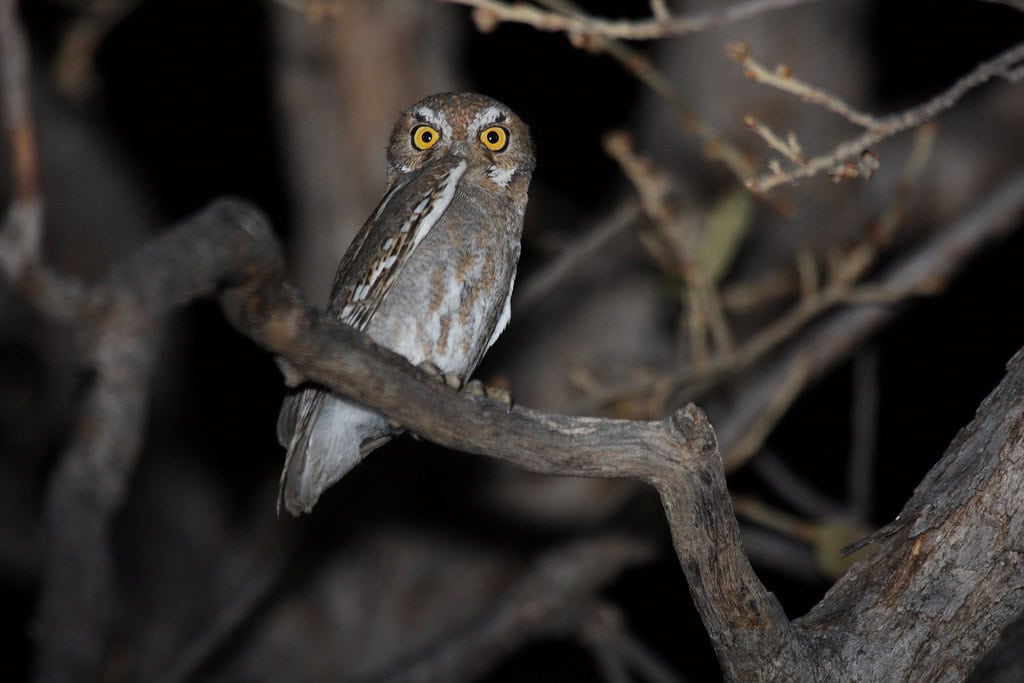The vast wilderness of North America hosts a remarkable diversity of owl species, but none quite as diminutive and charming as the Elf Owl. As its name suggests, this tiny nocturnal predator measures just about the size of a sparrow, making it not only the smallest owl in the United States but also one of the smallest owls in the world. Despite its minuscule stature, the Elf Owl possesses fascinating adaptations and behaviors that have allowed it to thrive in the harsh desert environments of the American Southwest. From its unique nesting habits to its surprising diet and vocalizations, this pint-sized raptor defies expectations at every turn. Join us as we explore twelve fascinating facts about the Elf Owl, a tiny bird with an outsized personality that continues to captivate bird enthusiasts and researchers alike.
A Truly Tiny Predator

The Elf Owl (Micrathene whitneyi) holds the distinction of being the smallest owl in North America, measuring a mere 5-6 inches (12.5-15 cm) in length from head to tail. This diminutive raptor typically weighs between 1.2-1.9 ounces (35-55 grams), about the same as a golf ball or a small box of raisins. To put this in perspective, the Elf Owl is smaller than many songbirds and approximately one-quarter the size of the familiar Great Horned Owl. Despite its tiny frame, this owl maintains all the predatory adaptations of its larger relatives, including sharp talons, a hooked beak, and exceptional night vision, just packaged in a remarkably compact form.
Desert Specialists
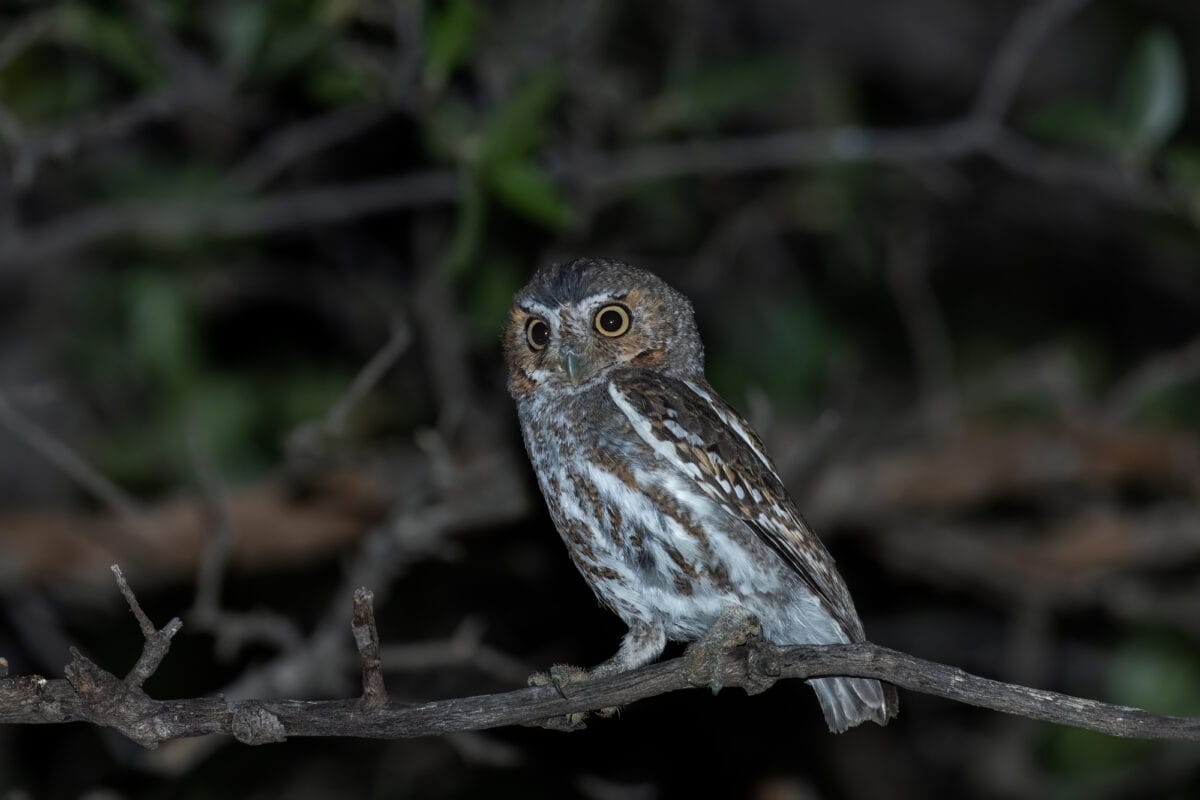
Elf Owls have adapted remarkably well to life in arid environments, primarily inhabiting the Sonoran and Chihuahuan deserts of the southwestern United States and northern Mexico. Their range extends from southern Arizona and New Mexico into Texas and south through much of Mexico. These owls show a particular affinity for habitats featuring saguaro cacti, mesquite woodlands, and riparian areas where mature trees provide both food and shelter. The owl’s small size and light coloration—grayish-brown with white spotting—help it blend perfectly with the desert landscape, providing excellent camouflage against potential predators during daylight hours when they’re most vulnerable.
Cactus Apartment Living

Perhaps the most fascinating aspect of Elf Owl behavior is their unique nesting preference. Rather than building nests, these owls typically take up residence in abandoned woodpecker holes, with a strong preference for those carved into saguaro cacti. These “cactus apartments” provide the perfect combination of protection, insulation, and security. The thick walls of the saguaro cactus maintain a relatively stable internal temperature, offering shelter from the extreme desert heat during the day and retaining warmth during cool nights. Additionally, the height of these cavities—often 15-30 feet above ground—helps protect the owls from ground-dwelling predators. In areas without saguaros, Elf Owls readily adapt to using woodpecker holes in trees, utility poles, or even nest boxes specifically designed for them.
Seasonal Migrants
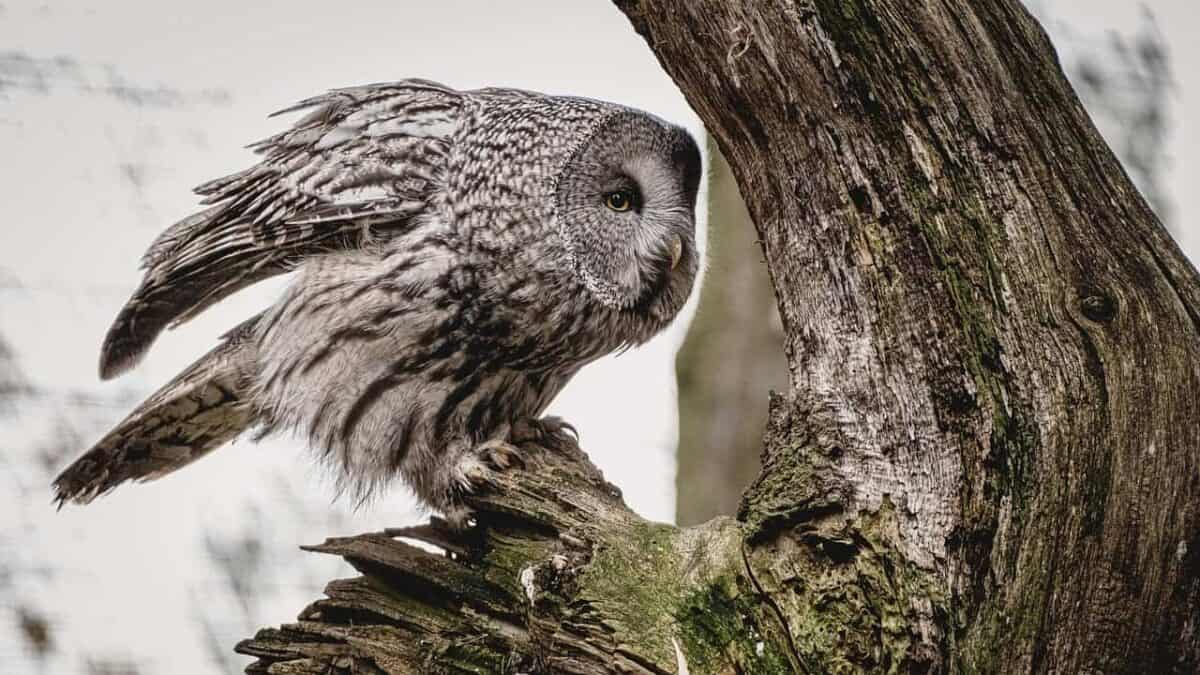
Unlike many owl species that remain in the same territory year-round, Elf Owls are migratory birds with a fascinating annual travel pattern. The majority of the population spends spring and summer in the southwestern United States and northern Mexico, where they breed and raise their young. As autumn approaches and insect populations decline, most Elf Owls embark on a southward journey to central and southern Mexico for the winter months, where food remains abundant. This migration usually occurs under the cover of darkness in September and October, with the owls returning to their breeding grounds in March and April. Some populations in the southernmost parts of their range may be non-migratory, remaining in place throughout the year where climate conditions allow for year-round insect activity.
Insect Specialists
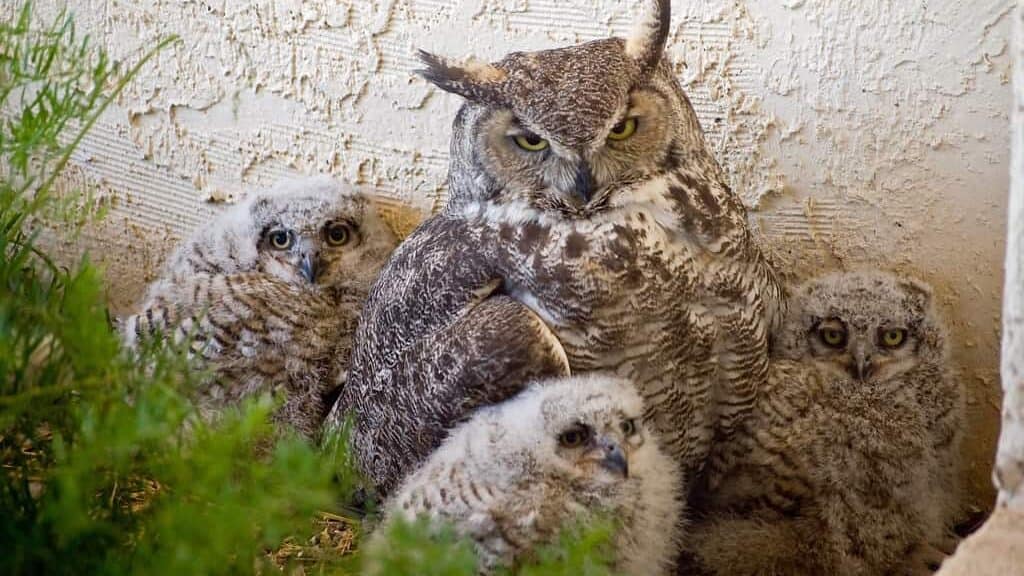
While most owls primarily hunt mammals like mice and voles, the Elf Owl has evolved as an insect specialist. Their diet consists mainly of moths, beetles, crickets, scorpions, and other arthropods, which they capture with remarkable agility. These owls will snatch insects from the air in flight, pluck them from vegetation, or pounce on them from above. Occasionally, they will supplement their diet with small lizards, small mammals, or even tiny birds, but insects remain their primary food source. Interestingly, when capturing venomous prey like scorpions, Elf Owls display remarkable intelligence by removing the stinger before consumption. This insectivorous diet aligns perfectly with their desert habitat, where insects are abundant but larger prey may be scarce.
Unique Vocalization
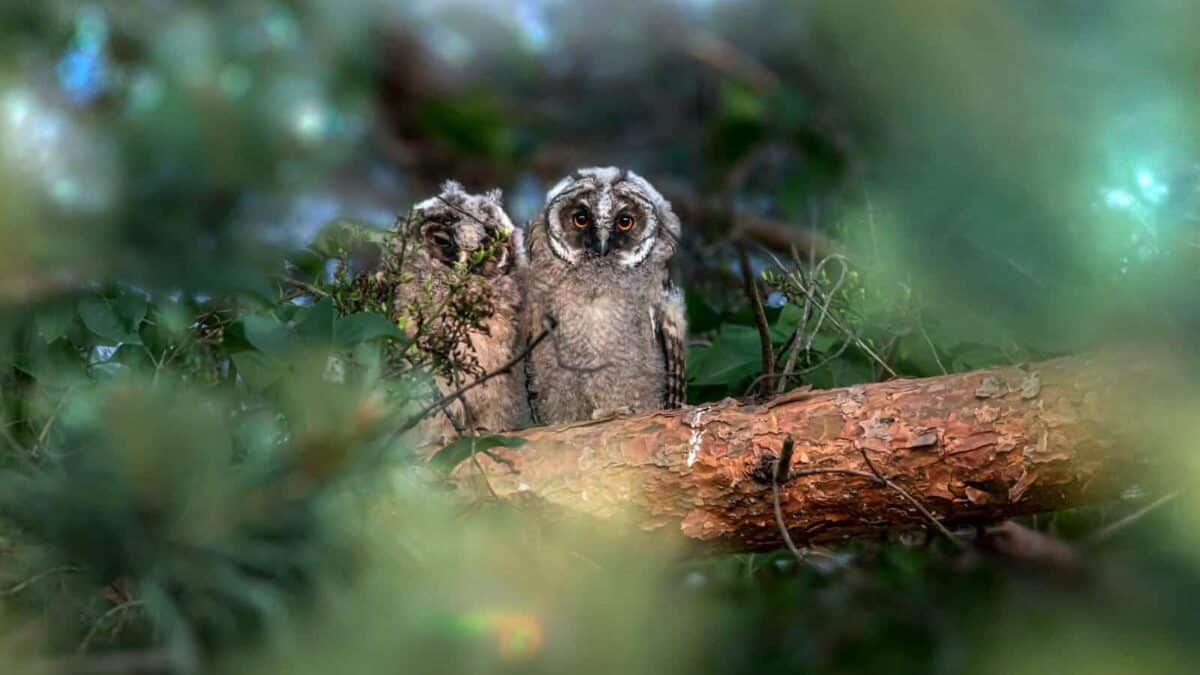
Despite their small size, Elf Owls produce distinctive vocalizations that are surprisingly loud and varied. The male’s primary call is a series of high-pitched, yelping notes often described as “pew-pew-pew” or a rapid “chitter” that accelerates and rises in pitch. During courtship season, males become particularly vocal, calling repeatedly to attract females and establish territory. When alarmed or threatened, Elf Owls produce a distinctive rattling sound somewhat resembling a rattlesnake—a clever adaptation that may deter potential predators. Females typically vocalize less frequently, using softer calls to communicate with mates and offspring. Researchers have identified at least seven distinct vocalizations in the Elf Owl’s repertoire, an impressive range for such a tiny bird.
Surprising Aggression

Don’t let the Elf Owl’s adorable appearance fool you—these tiny raptors display remarkable courage and aggression when defending their territory or nests. When threatened by potential predators, including much larger birds or mammals, Elf Owls will fiercely mob the intruder, diving and swooping repeatedly while vocalizing loudly. They’ve been observed successfully driving away birds many times their size through sheer persistence and intimidation. During breeding season, male Elf Owls become particularly territorial, aggressively defending their nesting sites from competitors. If captured or handled, these owls often play dead as a defense mechanism, lying motionless until danger passes. This combination of fierce defense and clever deception helps these small owls survive in ecosystems filled with potential predators.
Nocturnal Hunters
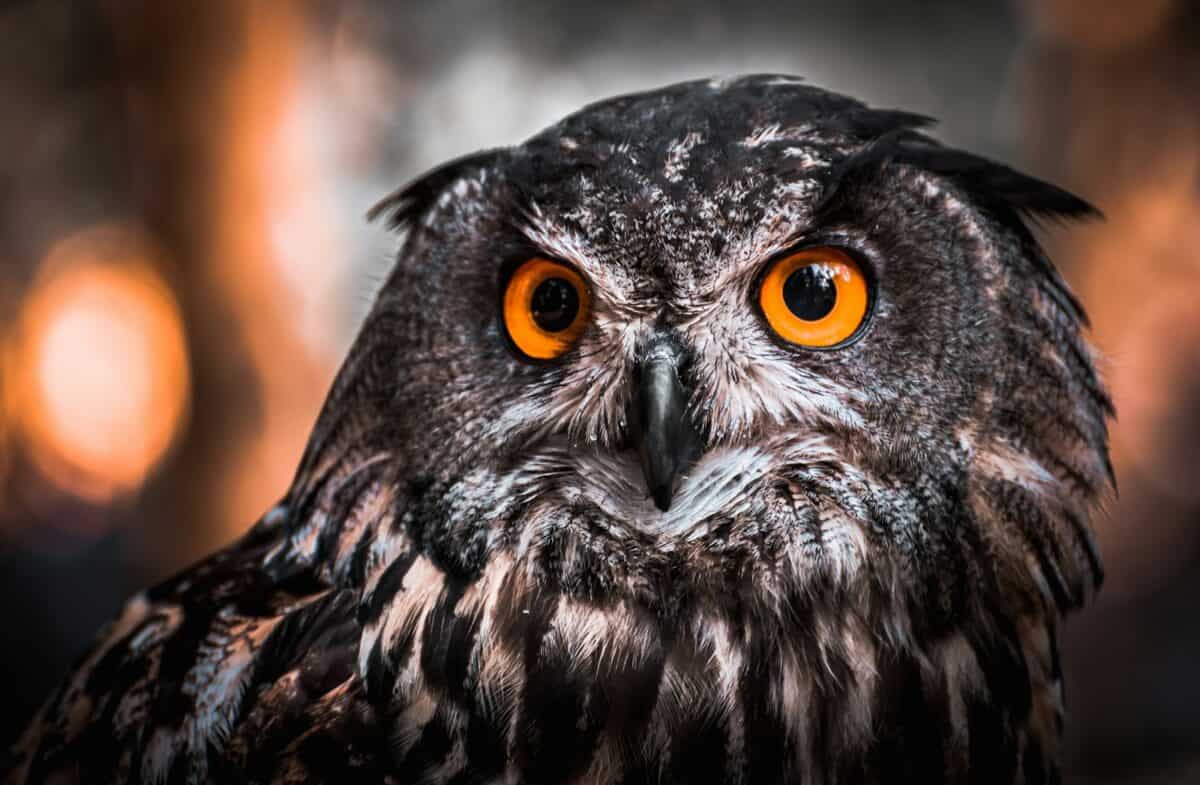
Like most owl species, Elf Owls are primarily nocturnal, conducting most of their hunting and social activities after sunset. They begin their nightly routine with emergence from their roost cavity at dusk, starting to hunt as twilight deepens. Their exceptional night vision and acute hearing allow them to detect the movement of small insects in near-complete darkness. Unlike some larger owl species, Elf Owls rarely sit and wait for prey; instead, they actively hunt by flying from perch to perch, scanning the ground and vegetation for movement. They’re particularly active during the first few hours after sunset and again before dawn, often resting during the middle of the night. During the day, they retreat to their cavity nests or dense foliage, where they remain well-hidden from diurnal predators.
Breeding and Family Life
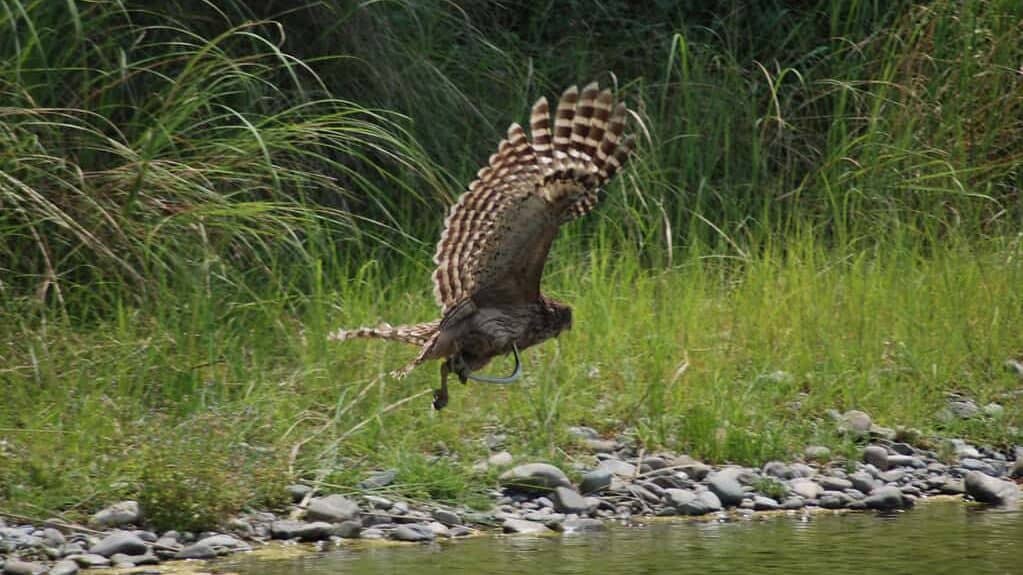
Elf Owls typically form monogamous pairs during breeding season, which runs from late March through June. After selecting a suitable nesting cavity, the female lays 3-5 small, white, nearly spherical eggs over several days. At just over an inch in diameter, these are among the smallest owl eggs in the world. The female handles the incubation duties, which last approximately 24 days, while the male brings food to his mate. Once hatched, the nestlings remain in the nest for about 28-33 days before fledging. Both parents participate in feeding the young, primarily delivering small insects throughout the night. The owlets can fly reasonably well within a few days of leaving the nest but continue to depend on their parents for food for several more weeks as they master hunting skills. Most Elf Owl pairs raise only one brood per year.
Conservation Challenges
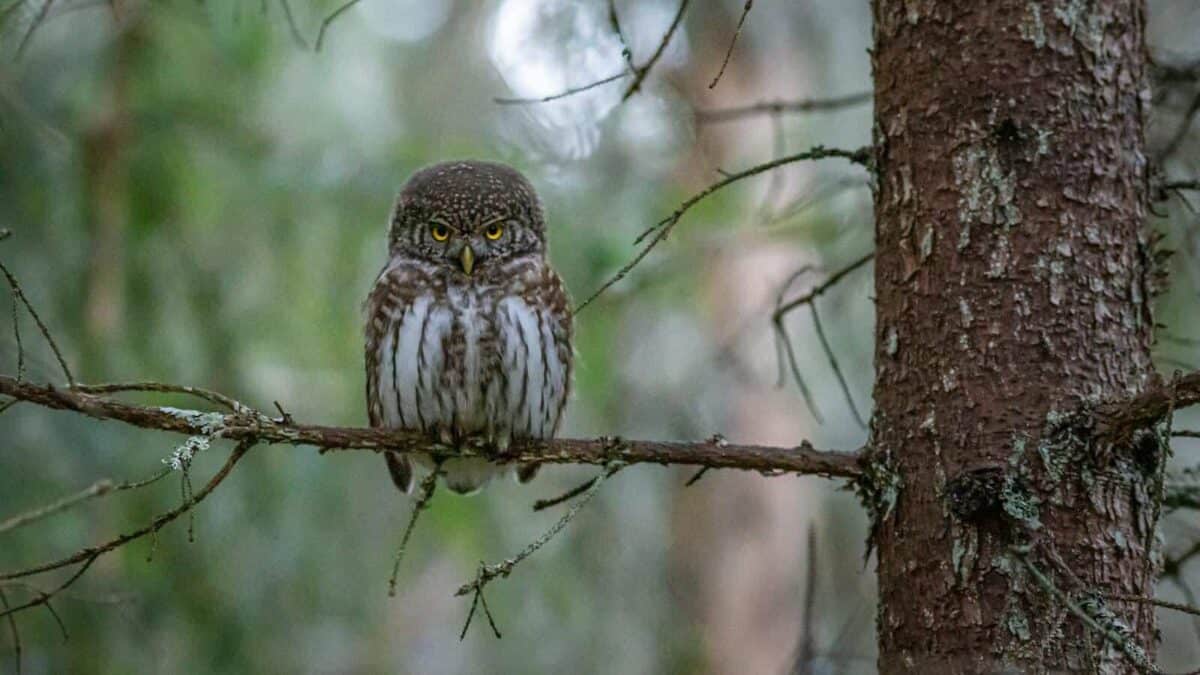
The Elf Owl faces several conservation challenges, primarily related to habitat loss and climate change. In the United States, the species is listed as endangered in California, where it has become extremely rare due to the destruction of mesquite bosques and riparian woodlands. The removal of saguaro cacti and mature trees with suitable nesting cavities has significantly reduced available breeding sites across parts of their range. Climate change poses an additional threat, as rising temperatures and changing precipitation patterns affect insect populations that these owls depend on for food. Conservation efforts include the installation of nest boxes in suitable habitat, protection of remaining desert riparian areas, and education programs to highlight the ecological importance of these tiny predators. Despite these challenges, the International Union for Conservation of Nature (IUCN) currently lists the Elf Owl as a species of “Least Concern” overall, though local populations face significant threats.
Scientific Discovery
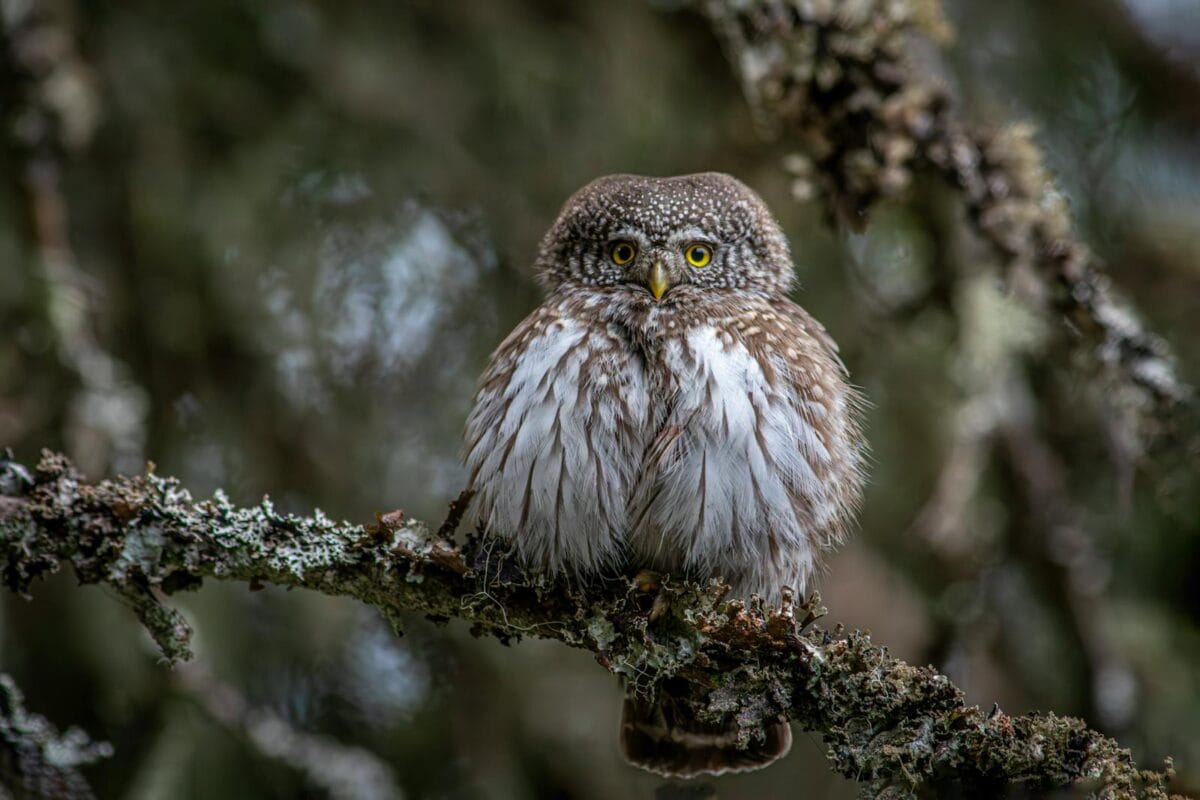
The scientific history of the Elf Owl begins with its formal discovery and description in 1861 by James Graham Cooper, who collected the first specimen near Fort Mojave in California. The owl was scientifically named Micrathene whitneyi in honor of Josiah Dwight Whitney, who was then the state geologist of California. The genus name “Micrathene” derives from Greek words meaning “small Athena,” referencing the Greek goddess of wisdom who was often associated with owls. For many years, the Elf Owl was classified as the only member of its genus, highlighting its unique evolutionary adaptation to the desert ecosystem. Modern genetic studies have confirmed its distinct placement in the owl family tree, showing it diverged from other owl lineages millions of years ago. Despite its long scientific history, many aspects of Elf Owl behavior and ecology remain poorly understood due to the challenges of studying such a small, nocturnal species in remote desert habitats.
Cultural Significance
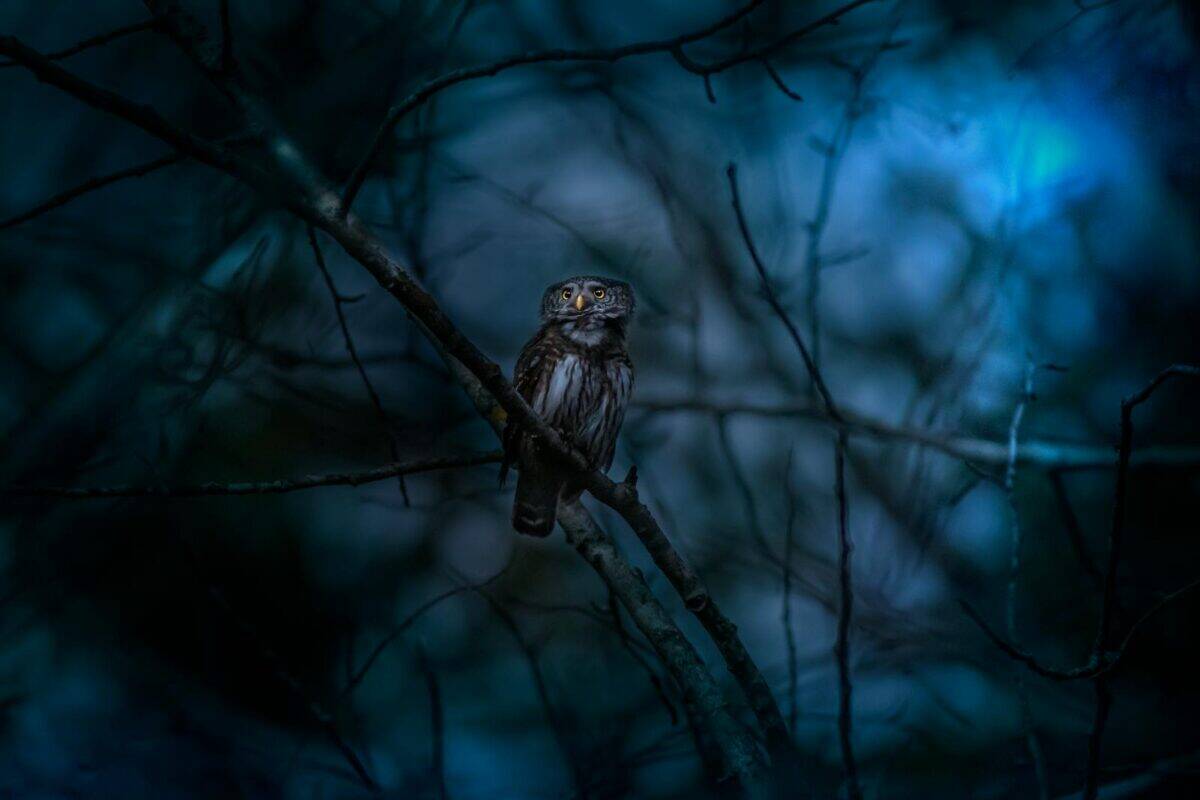
The Elf Owl holds a special place in the cultural heritage of indigenous peoples of the Southwest, particularly among the Tohono O’odham and other tribes of the Sonoran Desert region. In traditional stories, the tiny owl often represents qualities of wisdom disproportionate to its size, teaching lessons about the value of intelligence over physical strength. Early Spanish settlers in the region called it “el elfo del monte” (the elf of the mountain), referencing both its diminutive size and seemingly magical ability to vanish into the desert landscape. Today, the Elf Owl continues to capture public imagination, appearing in children’s literature, nature documentaries, and as a symbol of desert conservation. Wildlife photographers and birdwatchers often consider spotting an Elf Owl a highlight of desert expeditions, traveling great distances for a glimpse of America’s smallest owl peering from its cactus home at dusk.
Conclusion
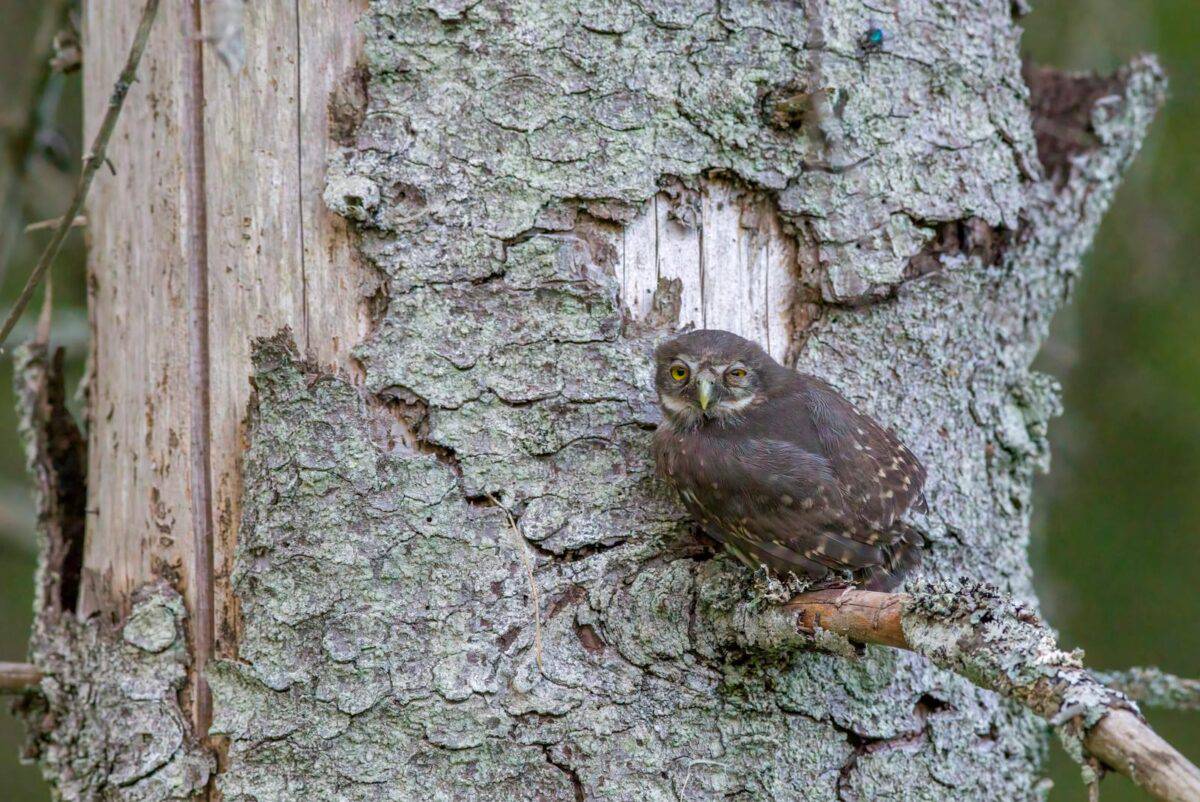
The Elf Owl may be tiny in stature, but it stands as a remarkable testament to evolutionary adaptation and survival in one of North America’s harshest environments. From its clever use of abandoned woodpecker holes in towering saguaros to its specialized insect diet and surprising defensive behaviors, every aspect of this owl’s biology reflects perfect adaptation to desert living. As climate change and habitat loss continue to threaten desert ecosystems, the future of this charming miniature raptor depends largely on conservation efforts and increased public awareness. The next time you find yourself in the deserts of the American Southwest, take a moment at dusk to listen for the distinctive calls of the Elf Owl—a reminder that sometimes nature’s most impressive achievements come in the smallest packages.
- 13 Venomous Creatures You Will Want to Avoid - August 9, 2025
- Top 12 Most Affectionate Dog Breeds to Own in America - August 9, 2025
- 11 Questions About Animal Sleep That People Ask Google - August 9, 2025

